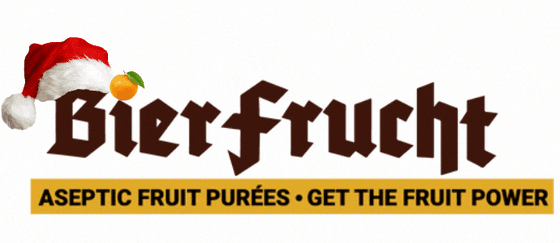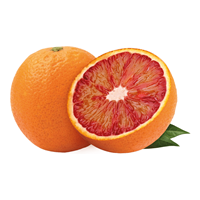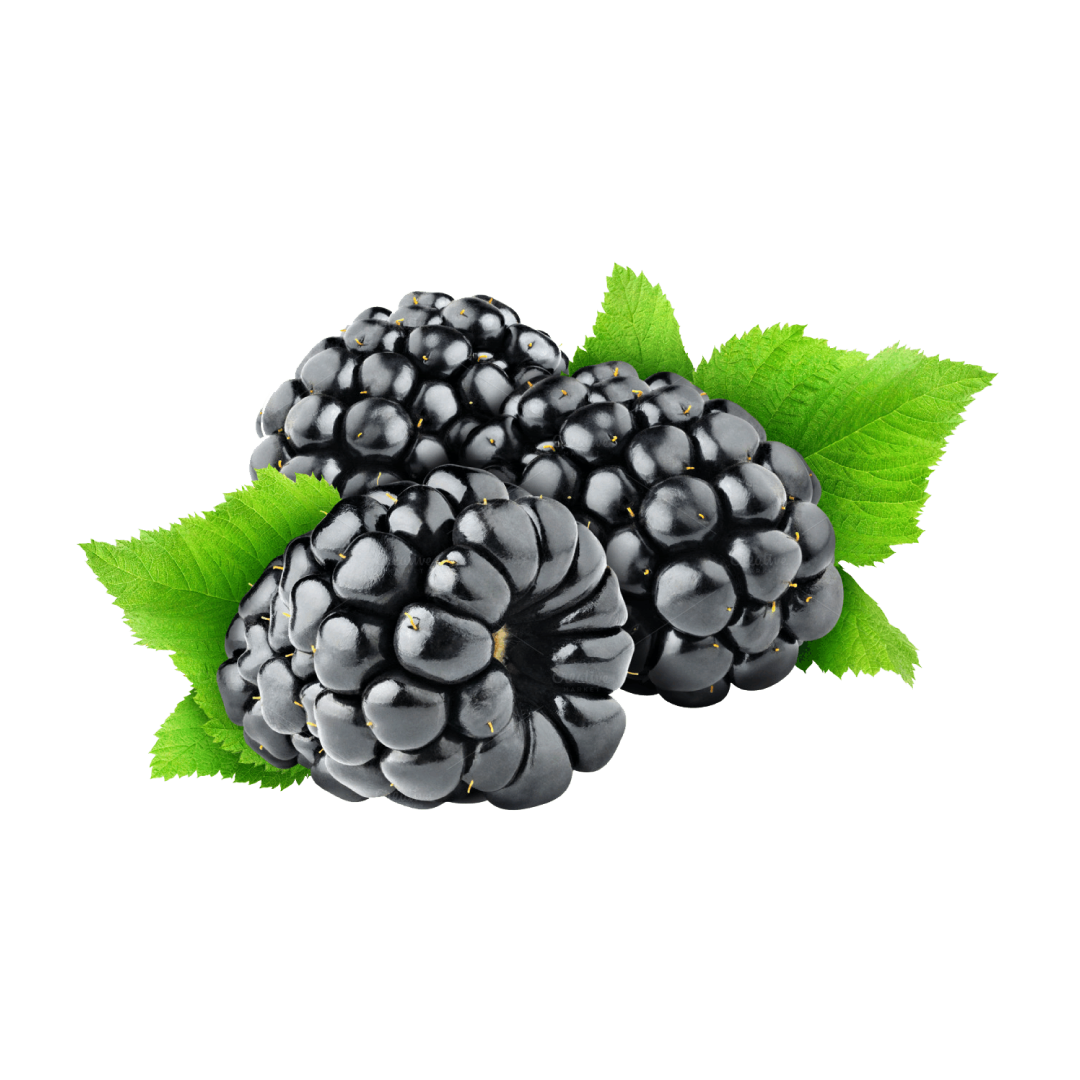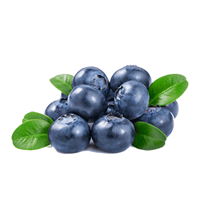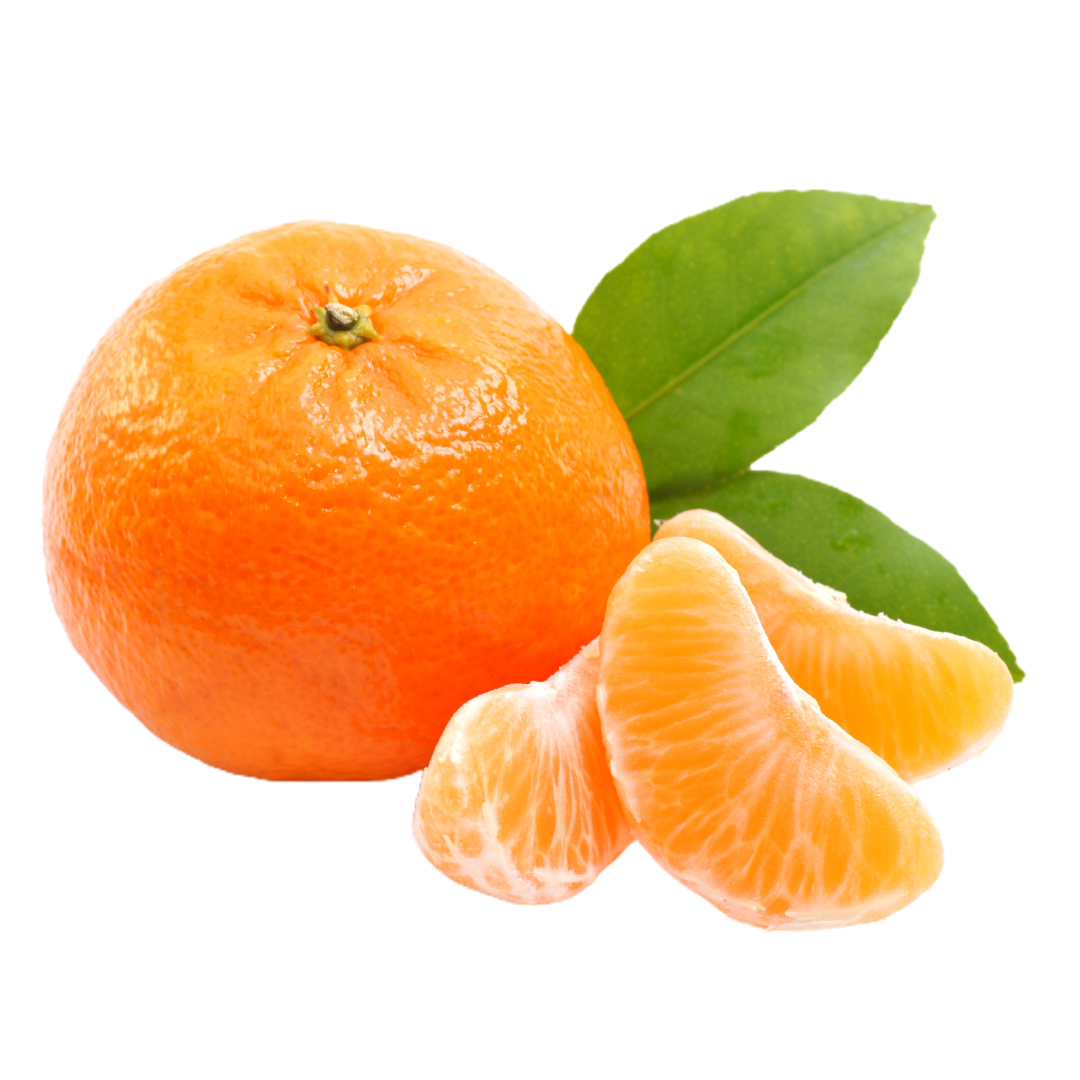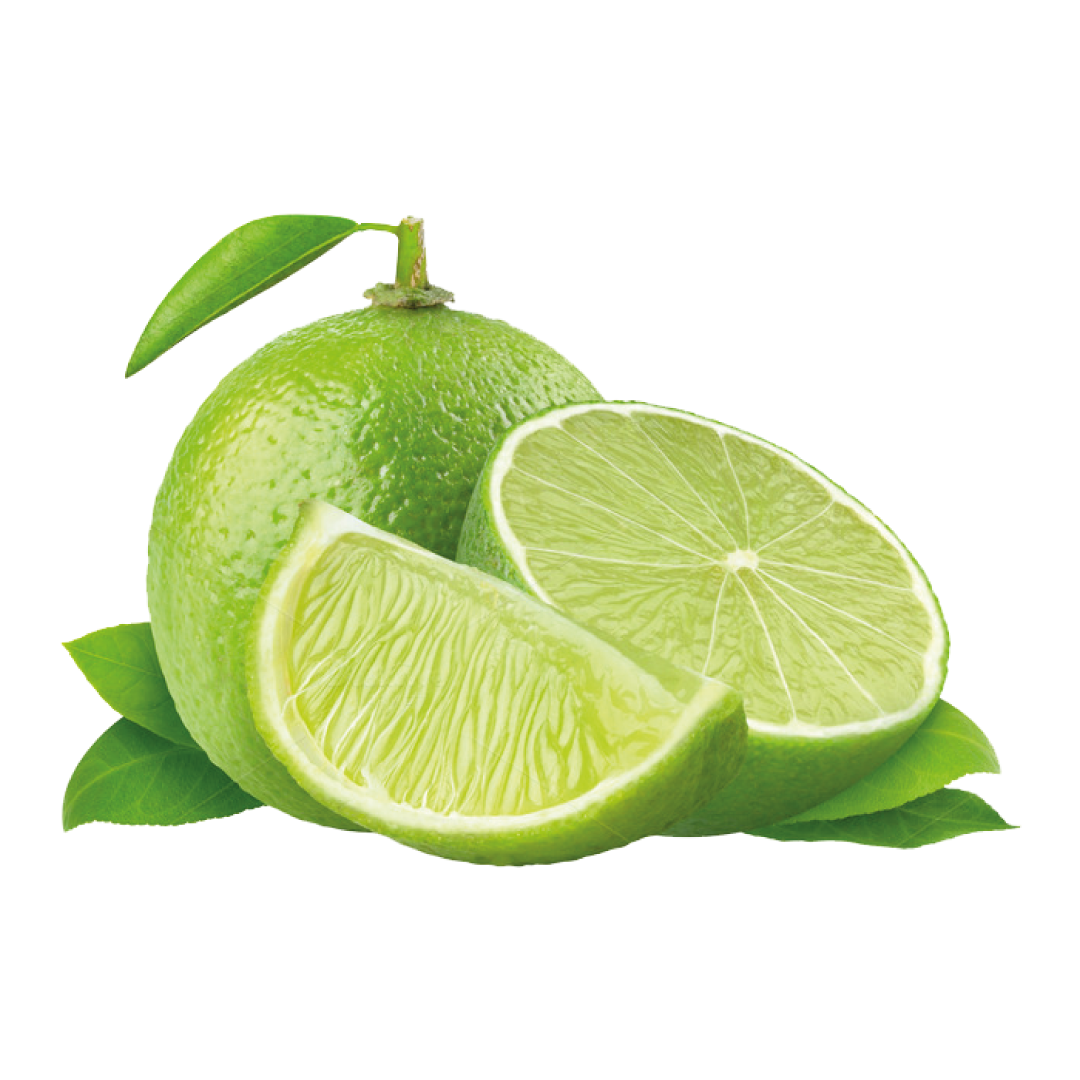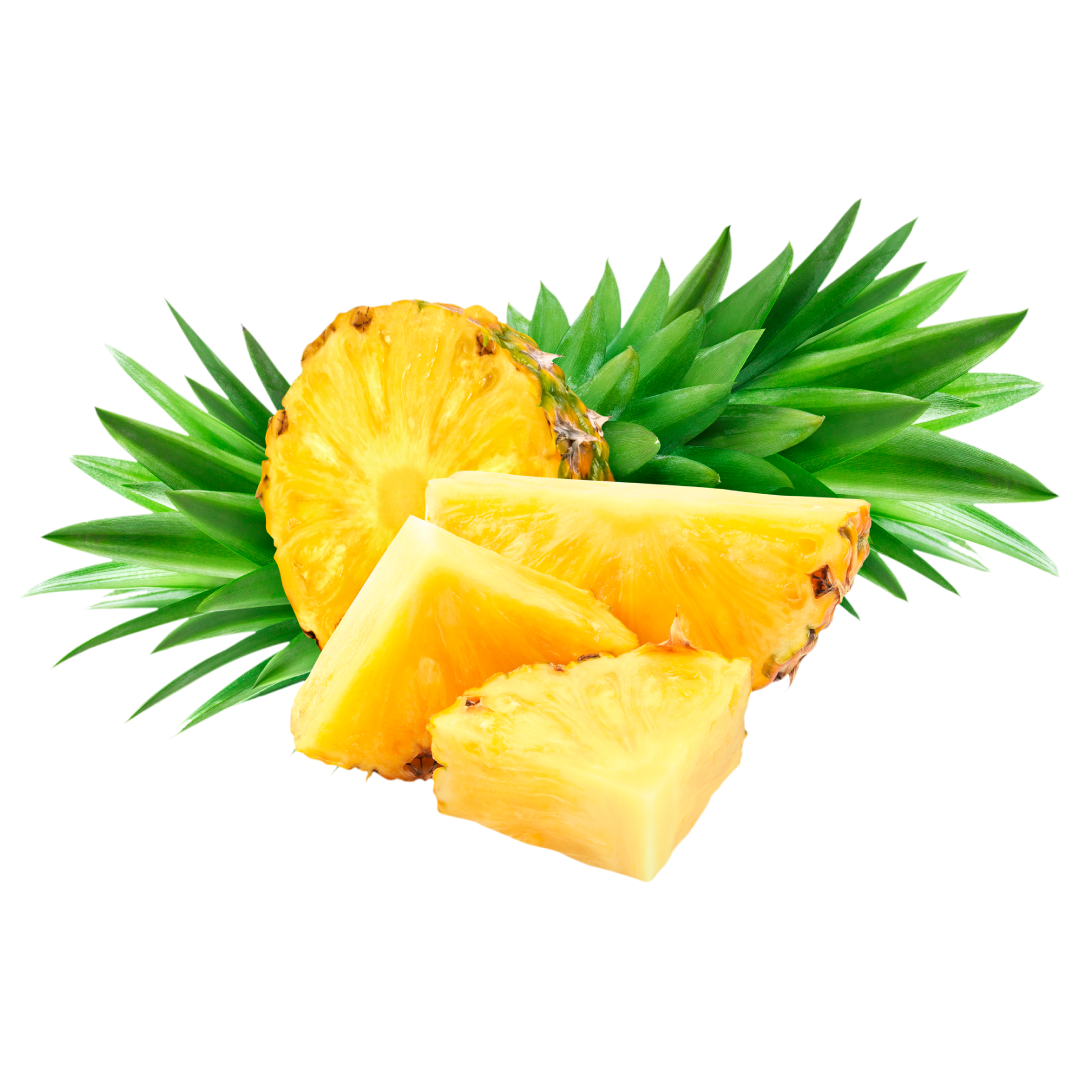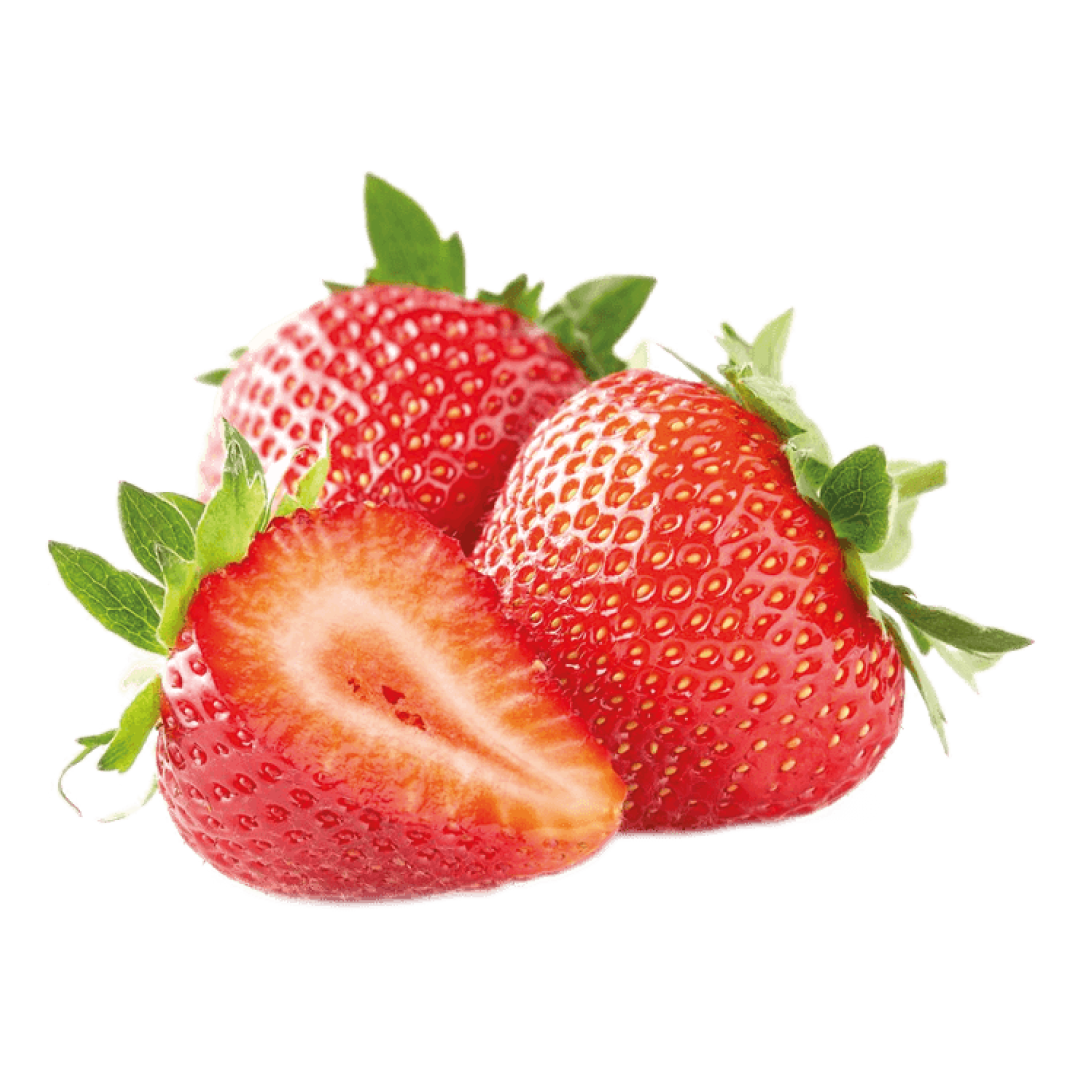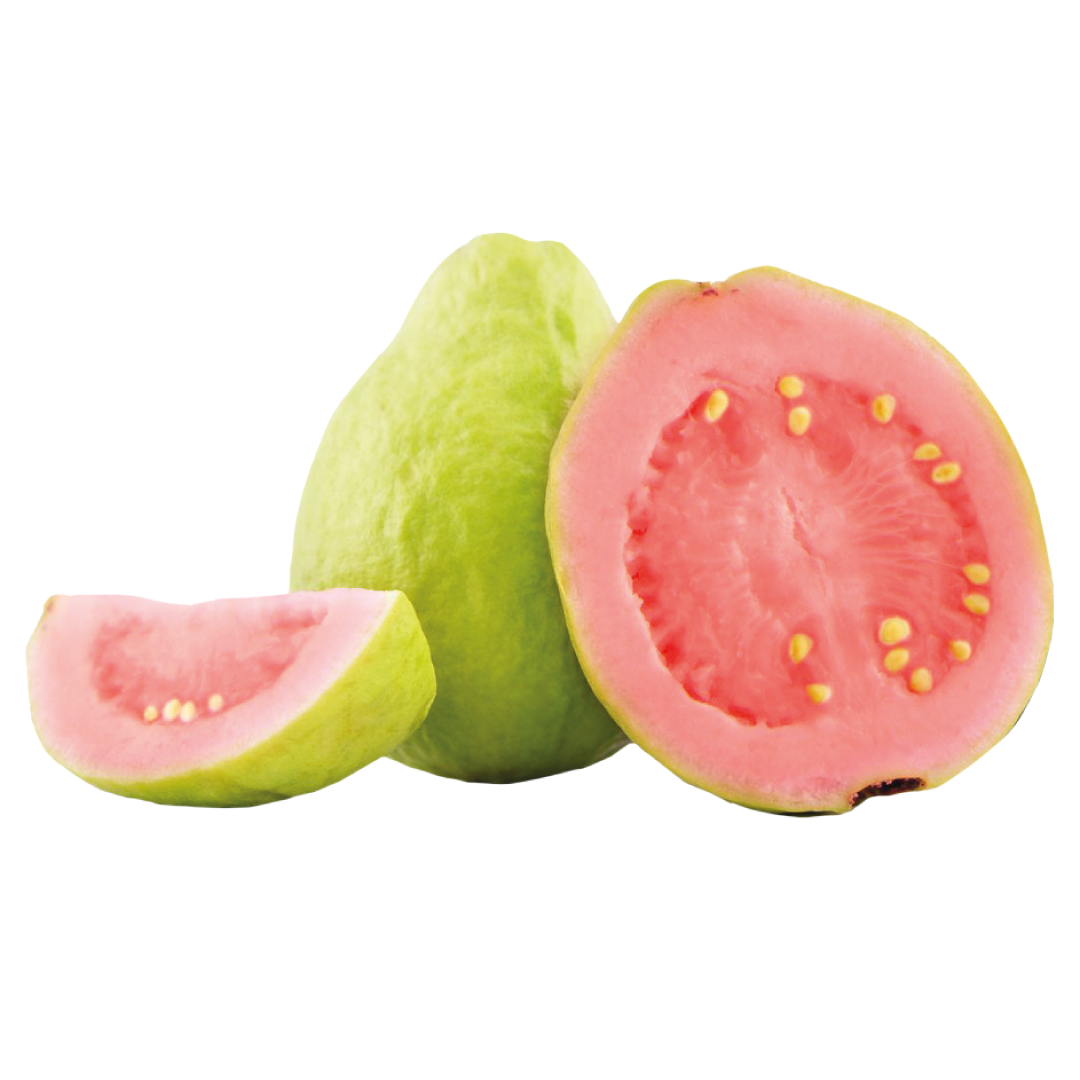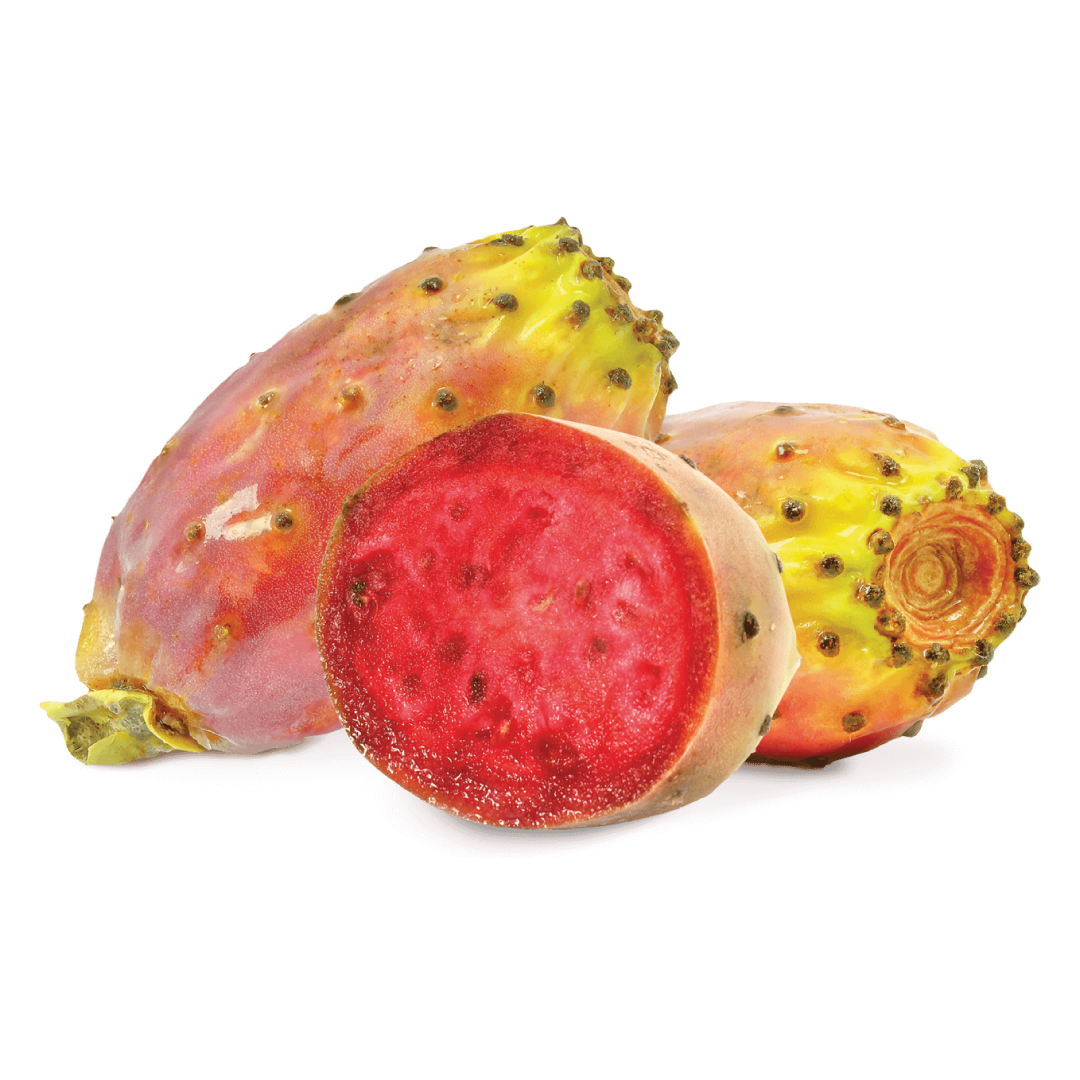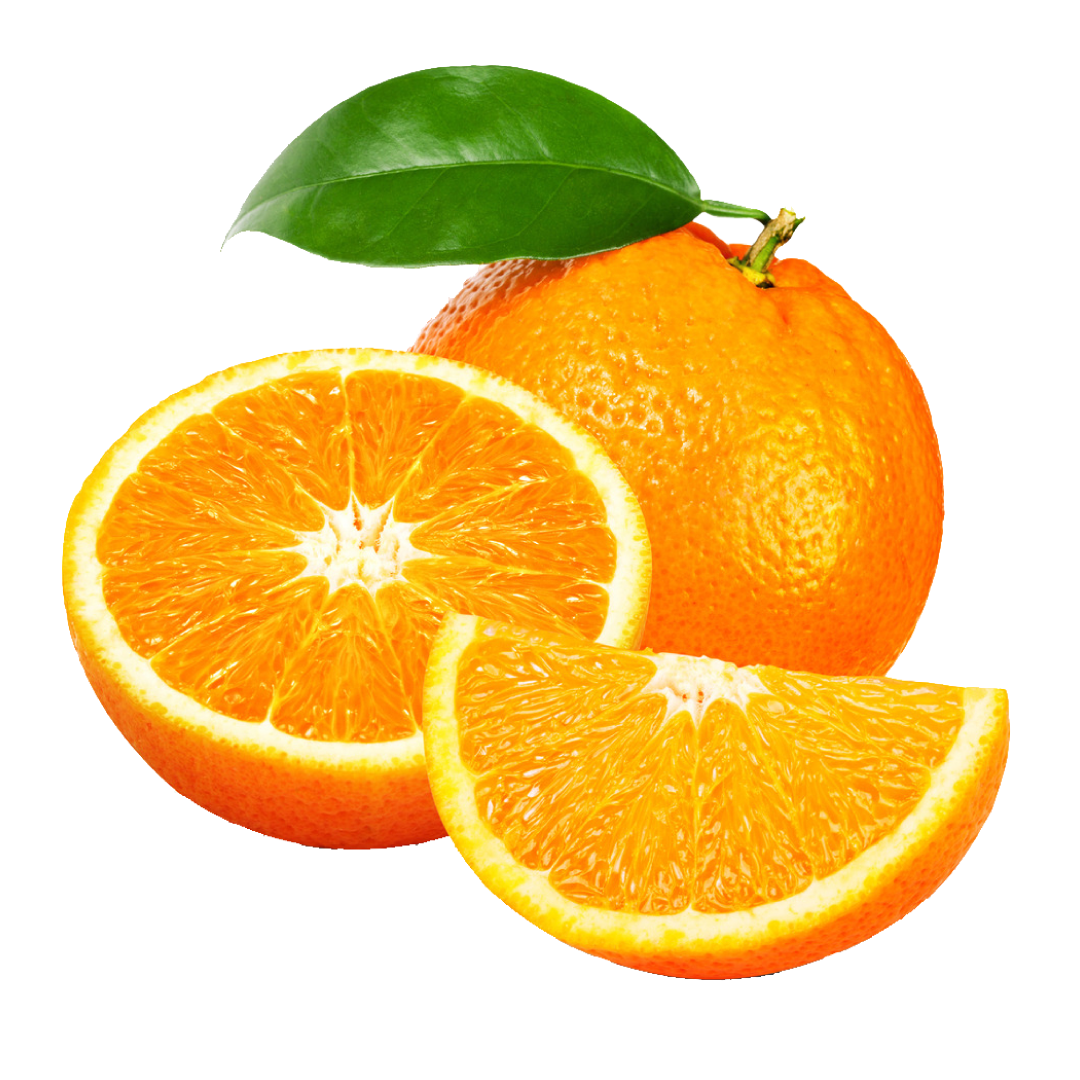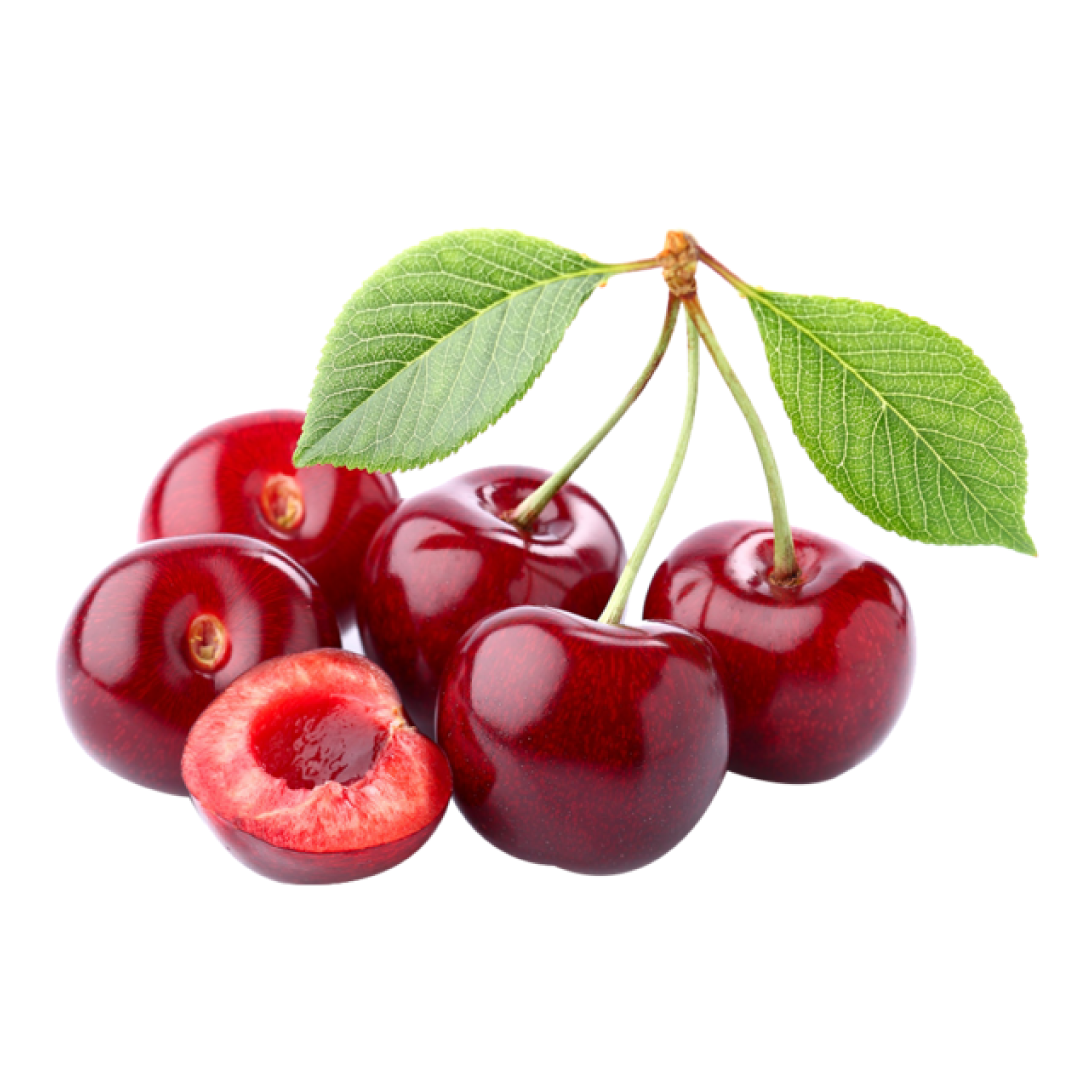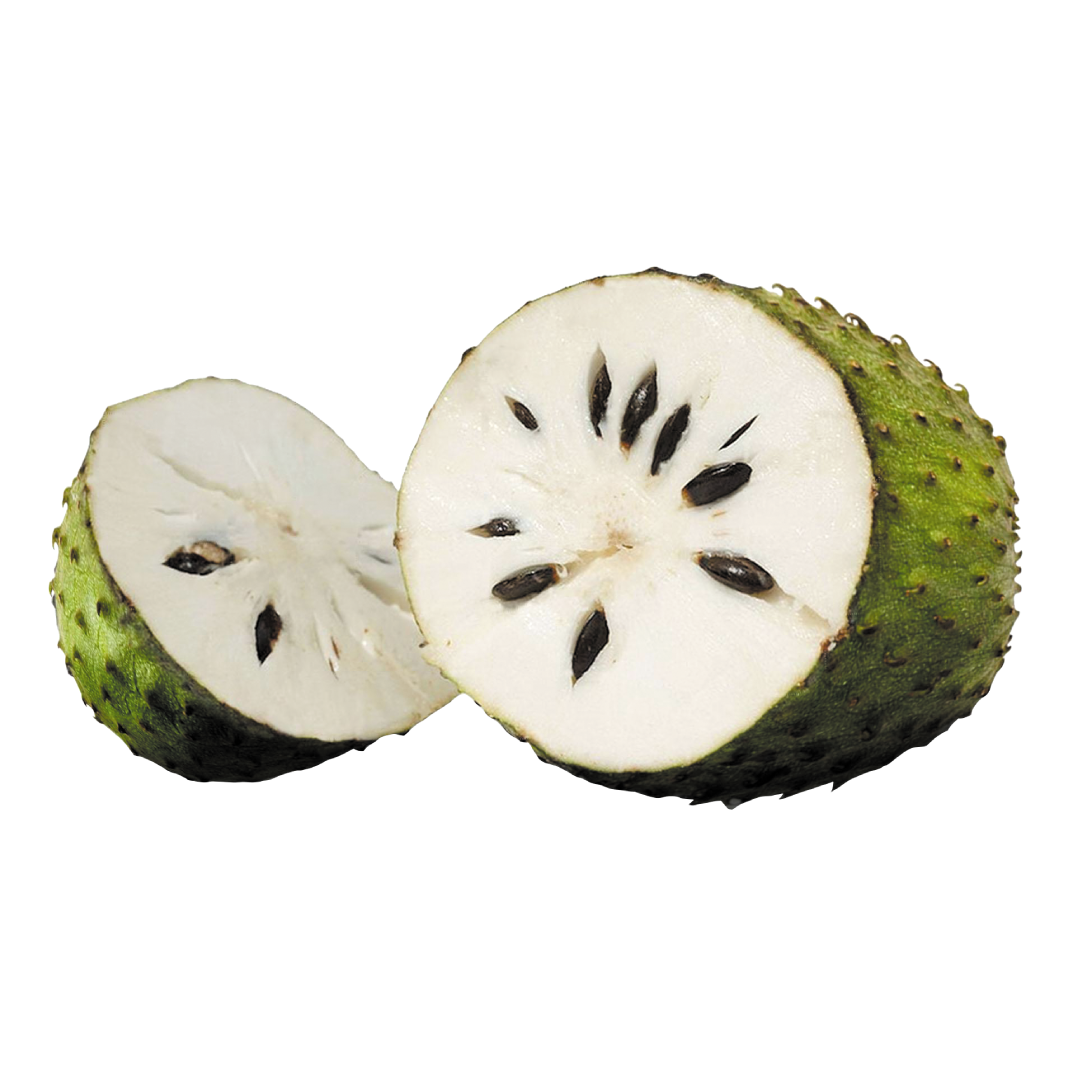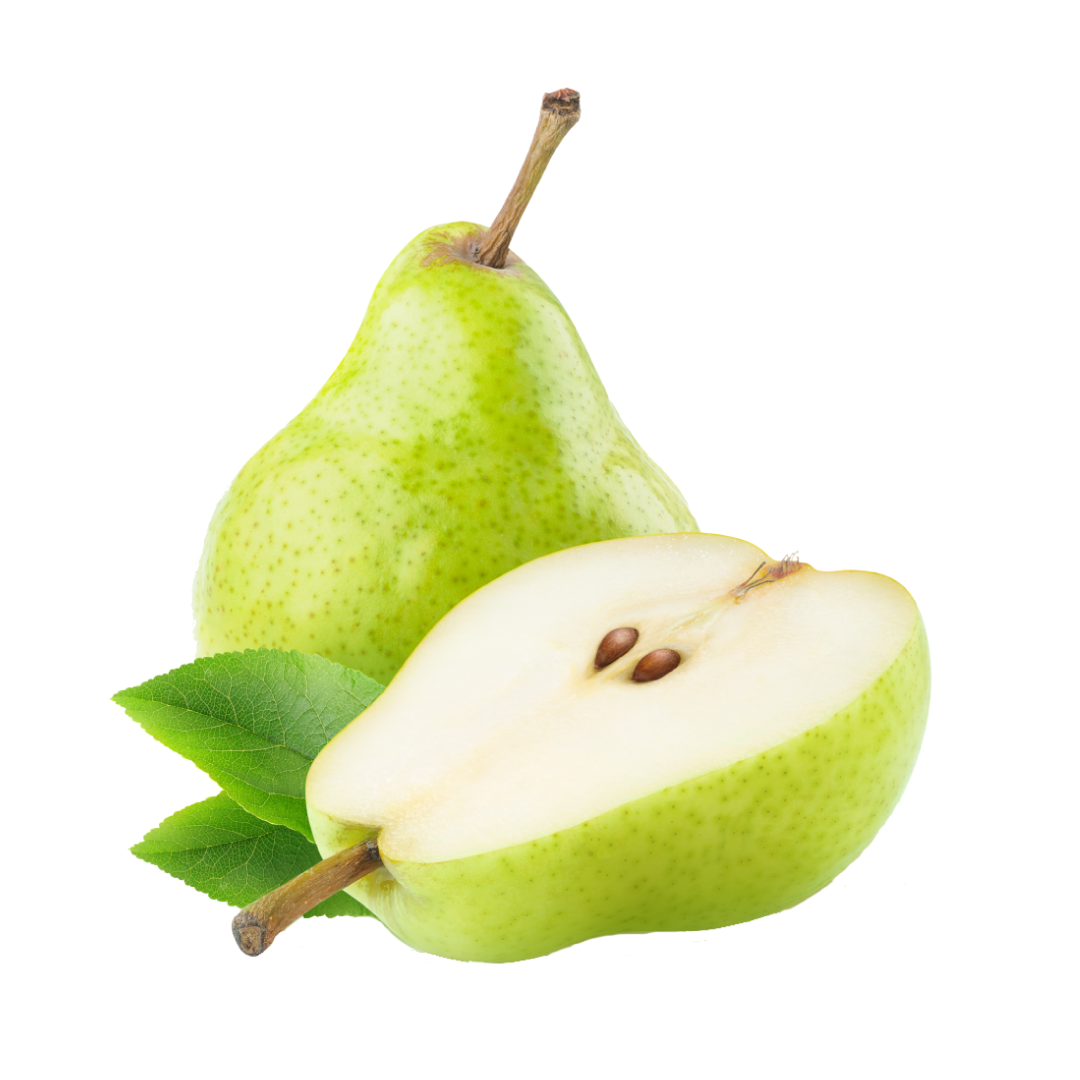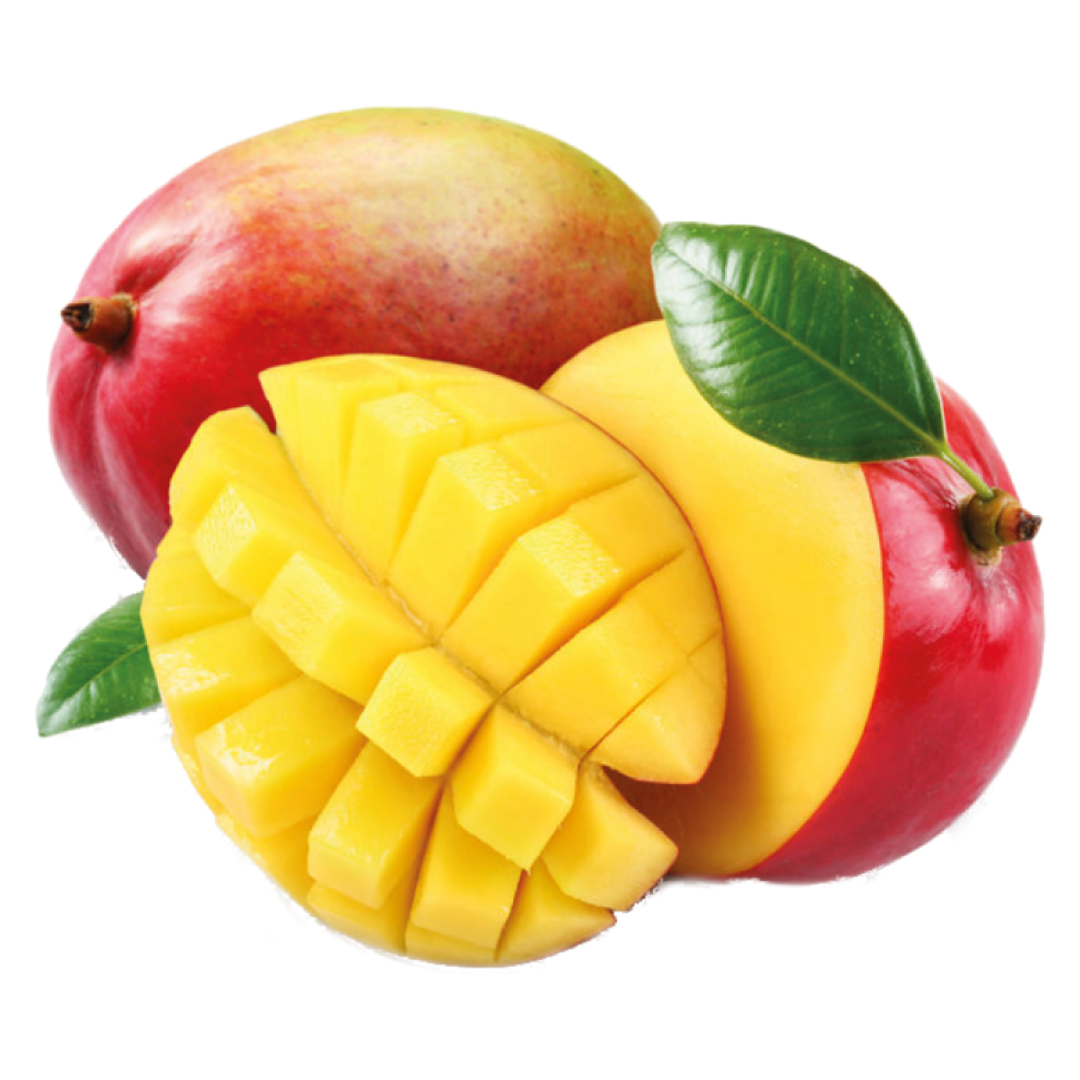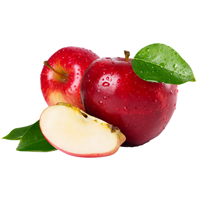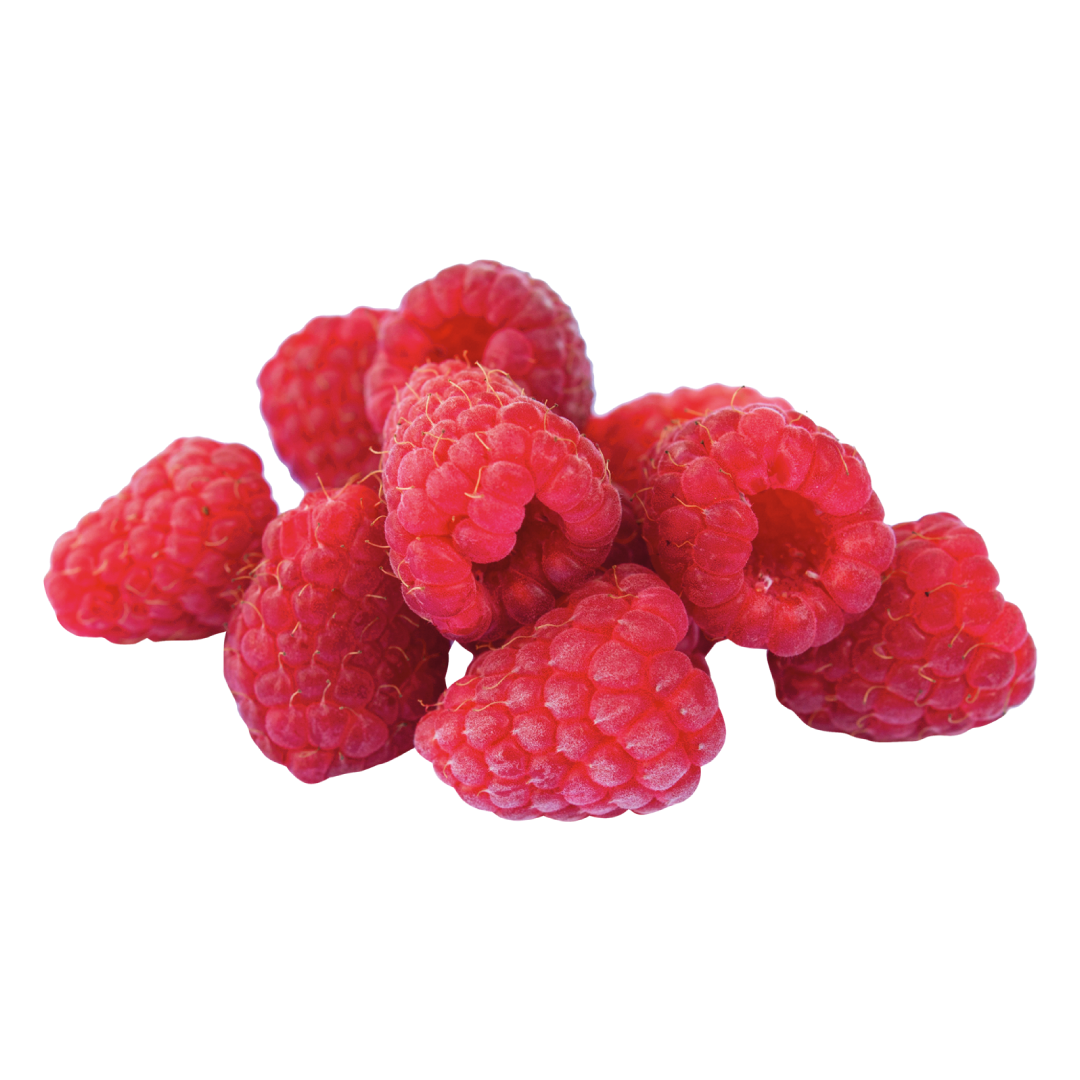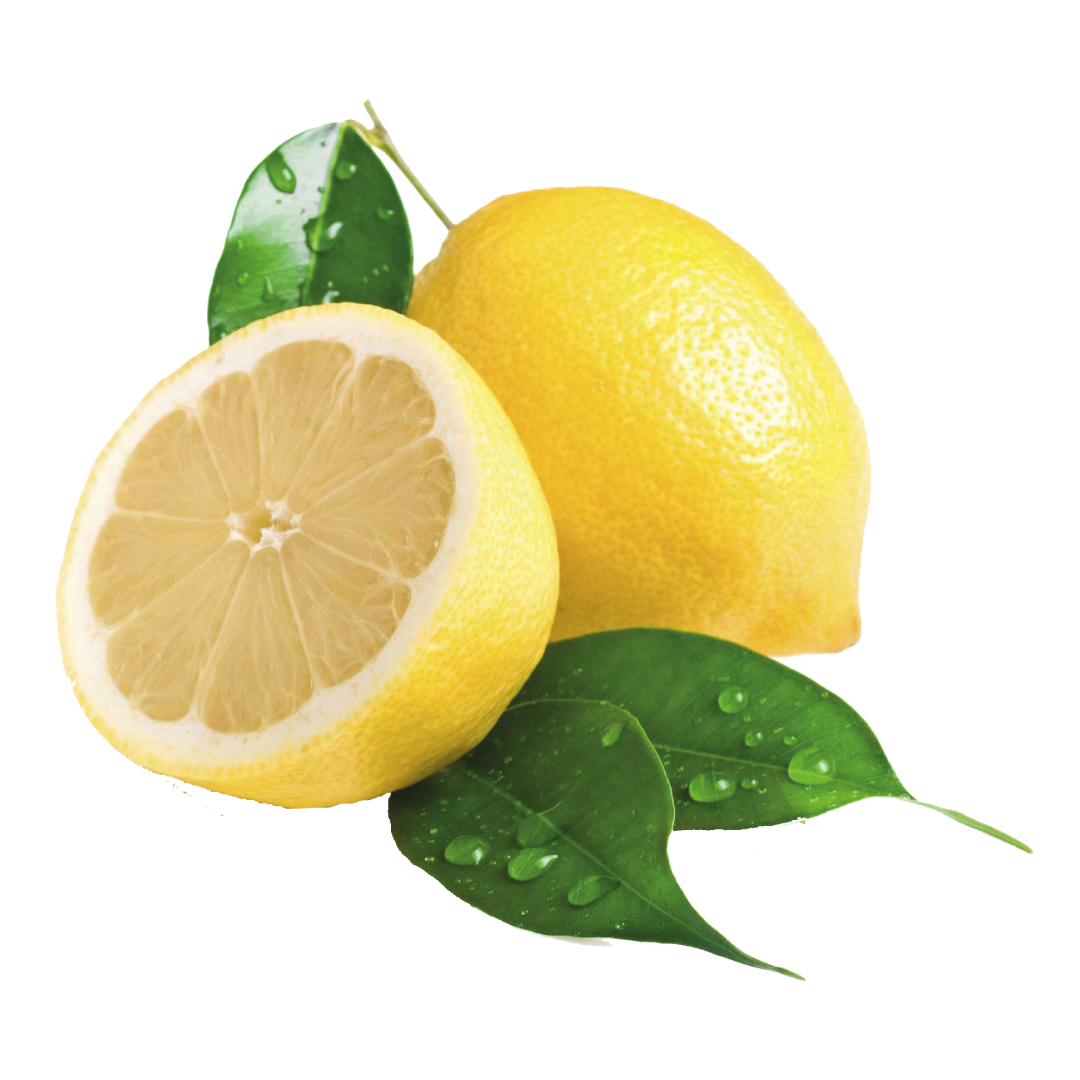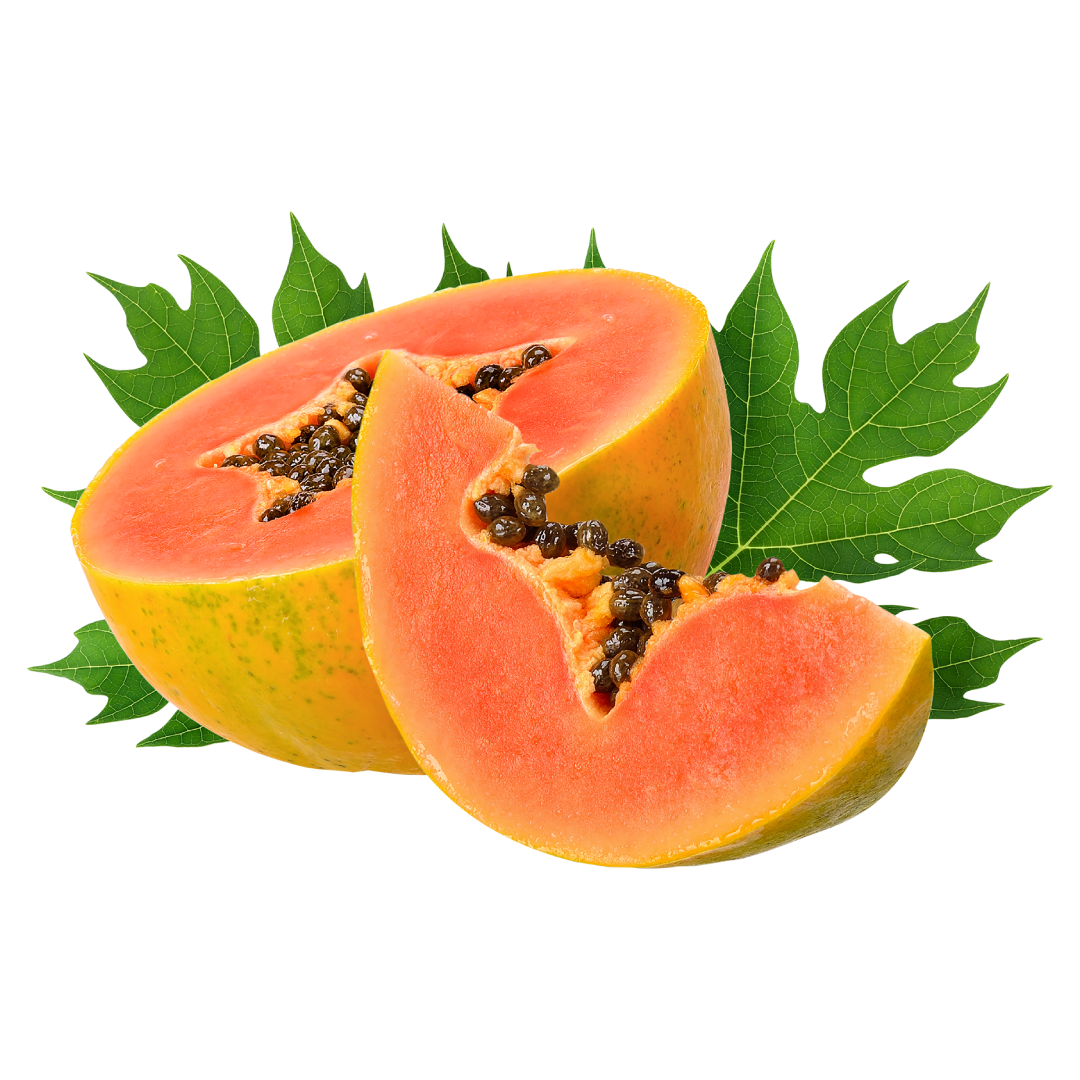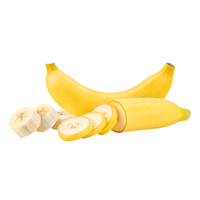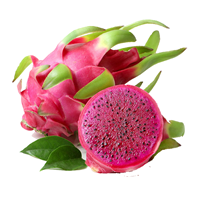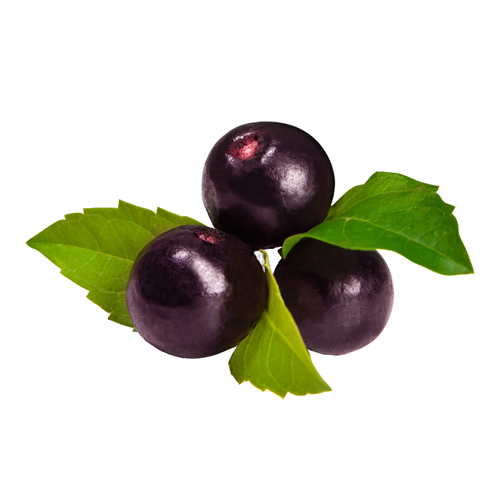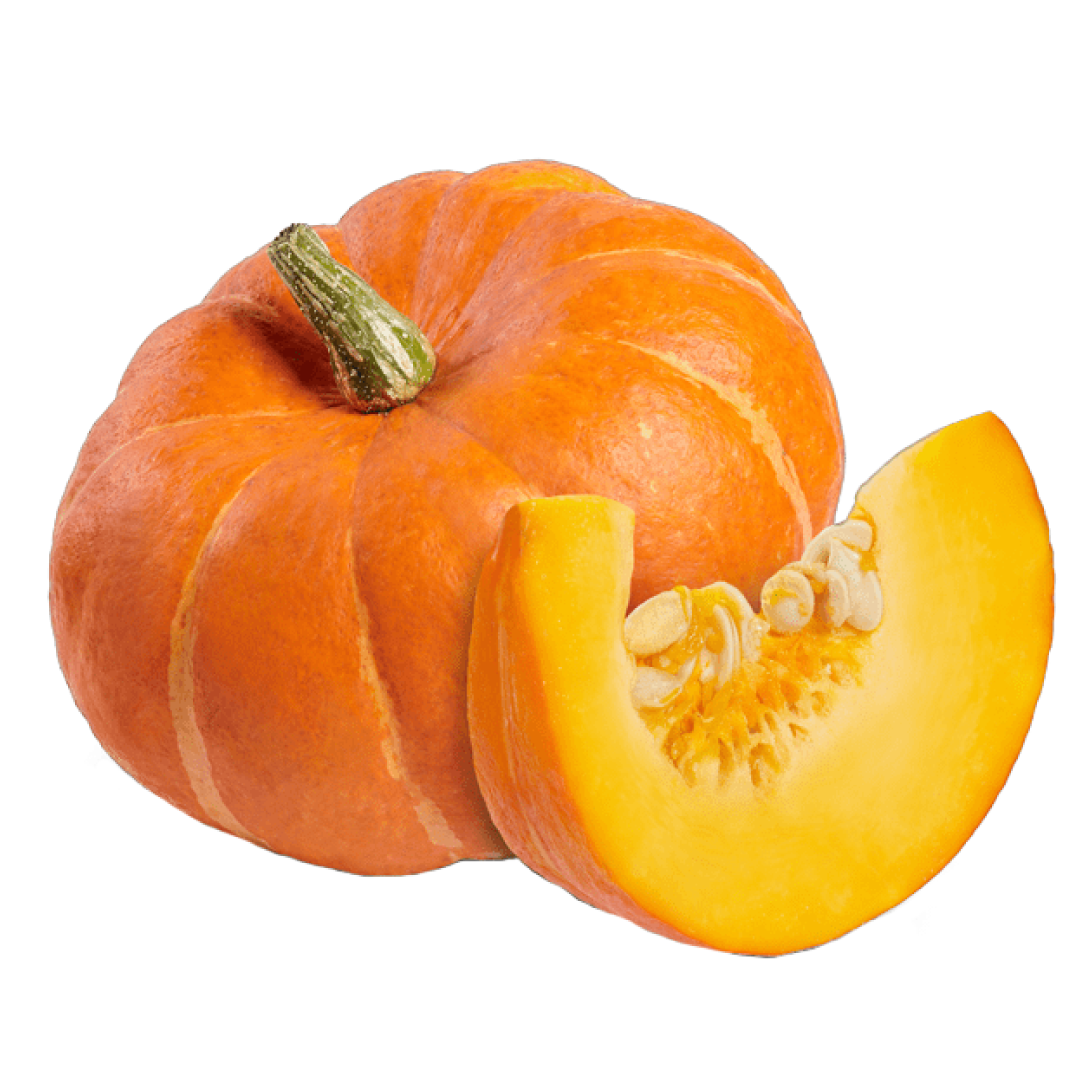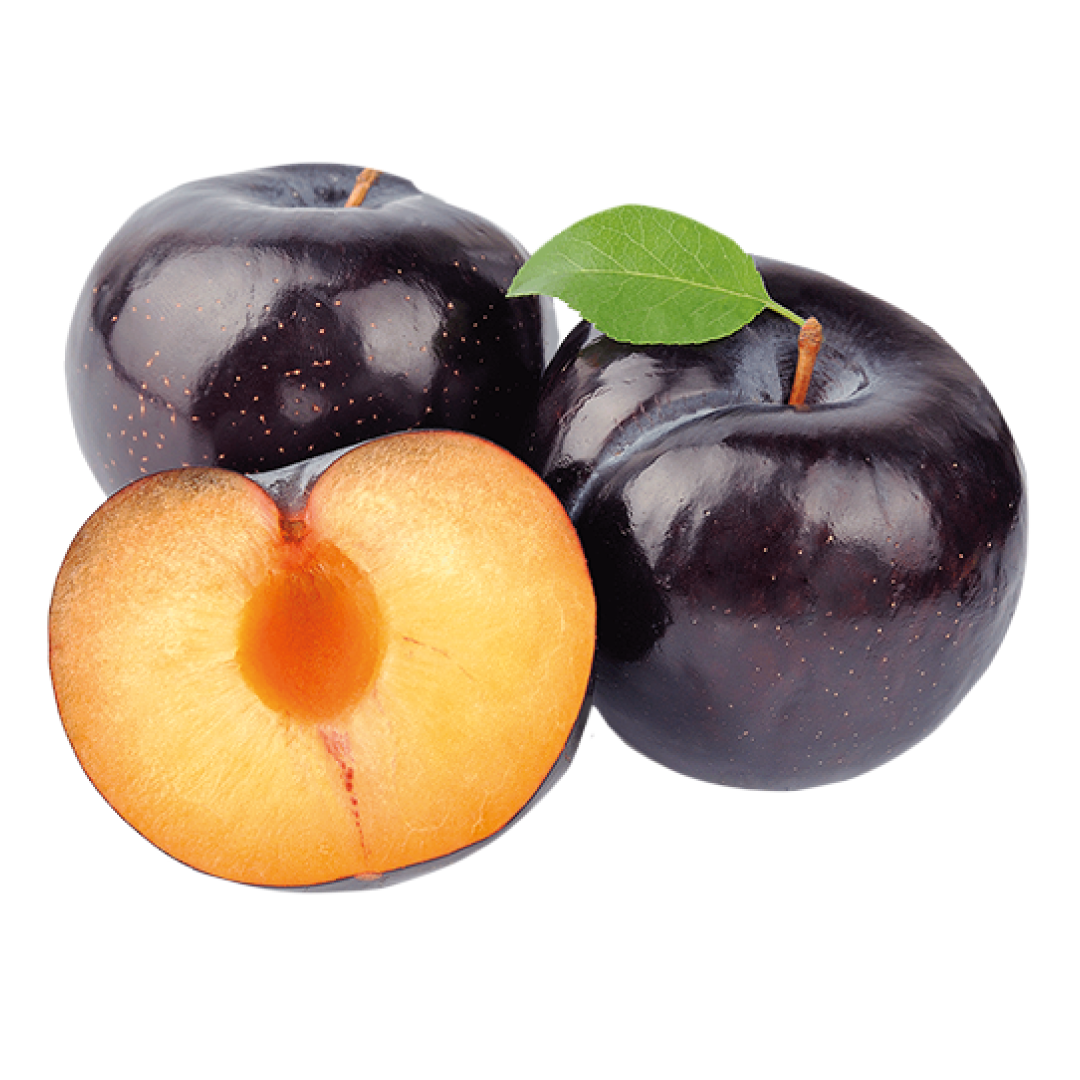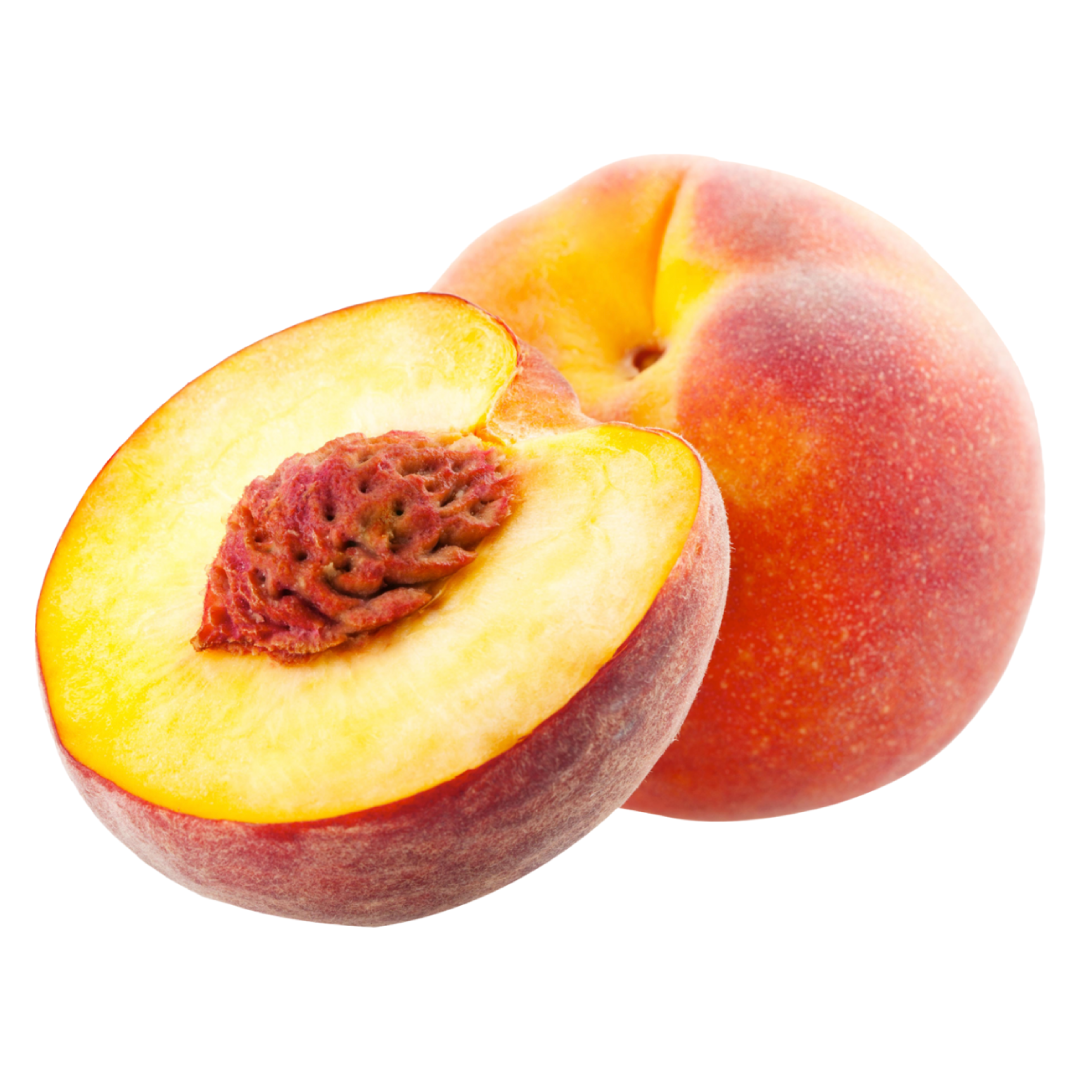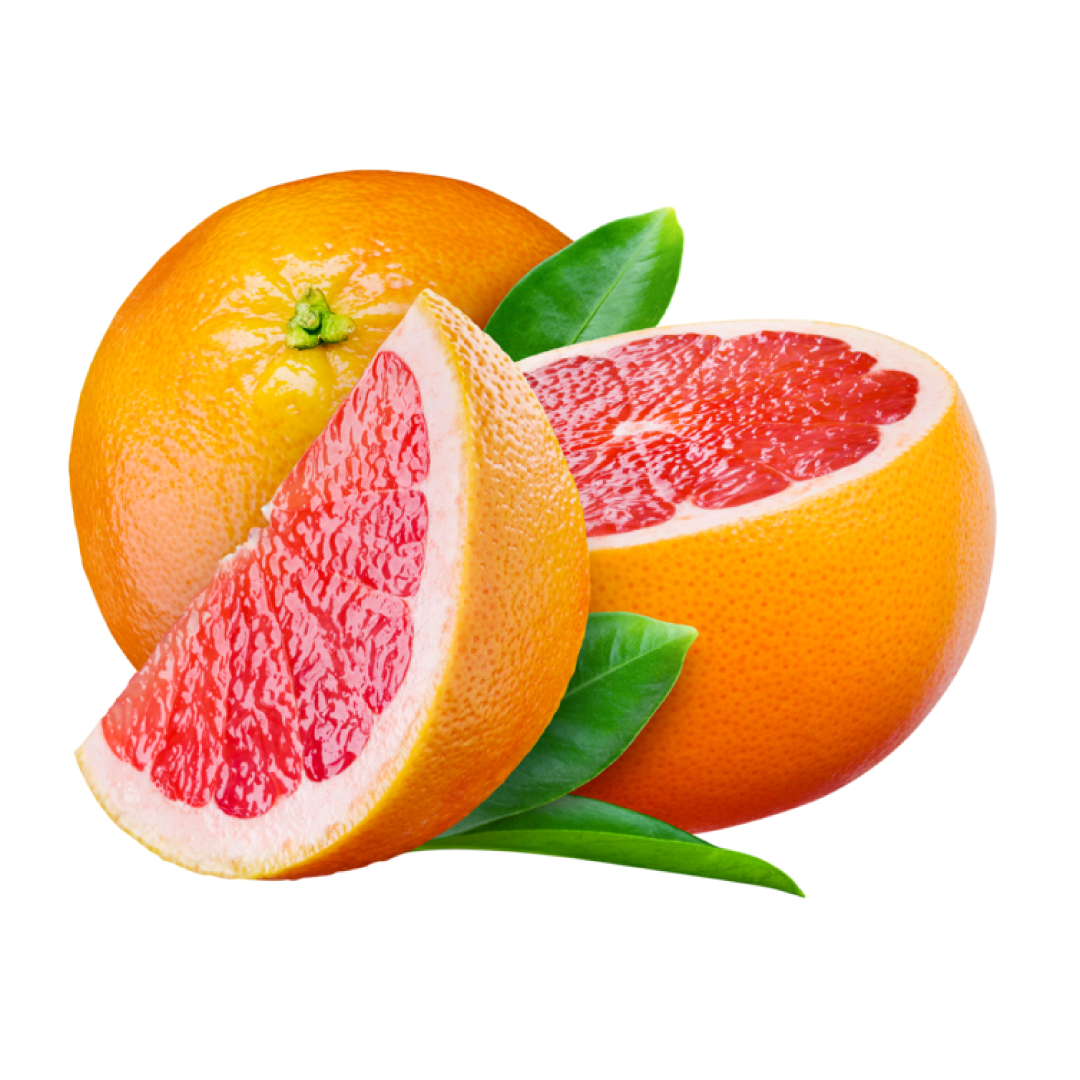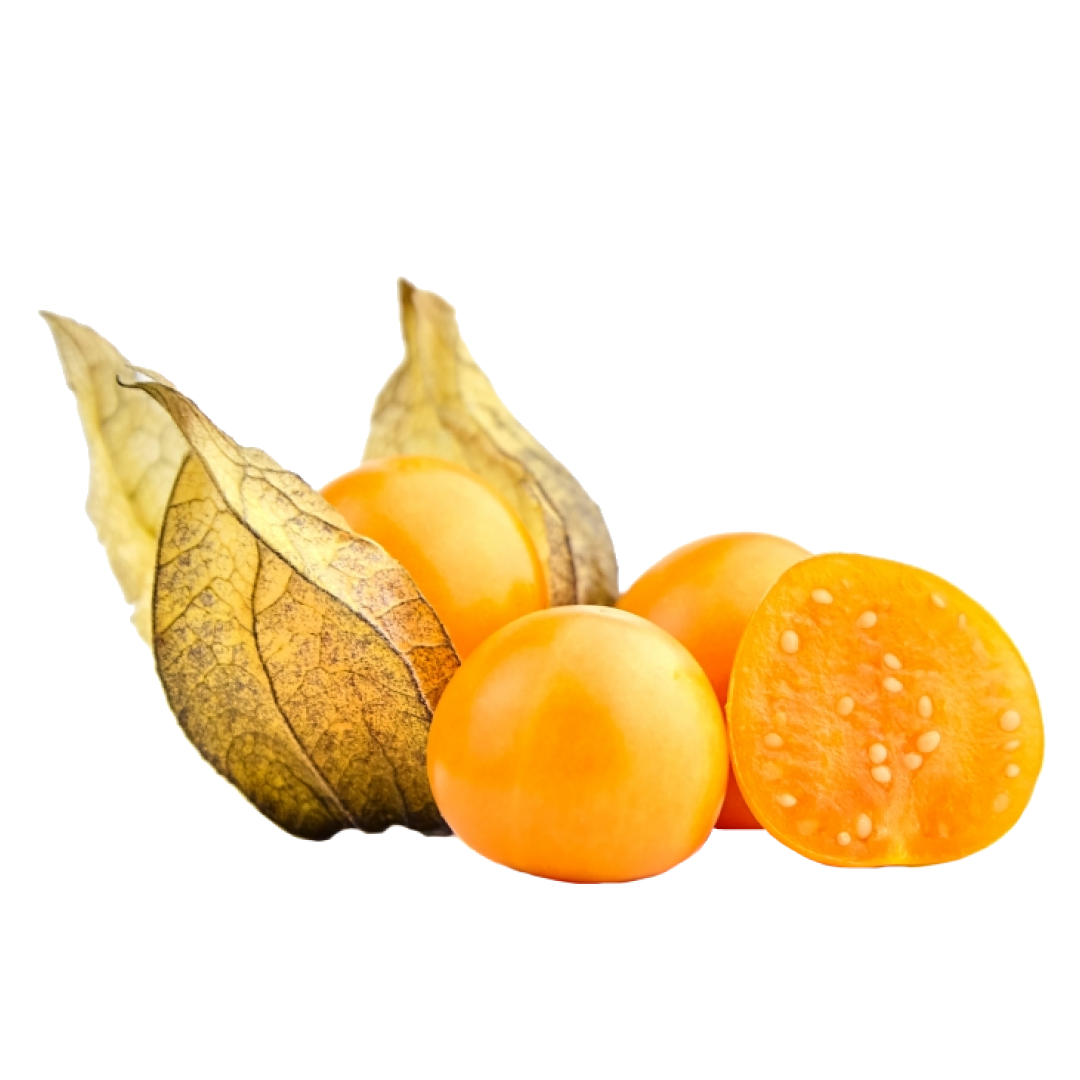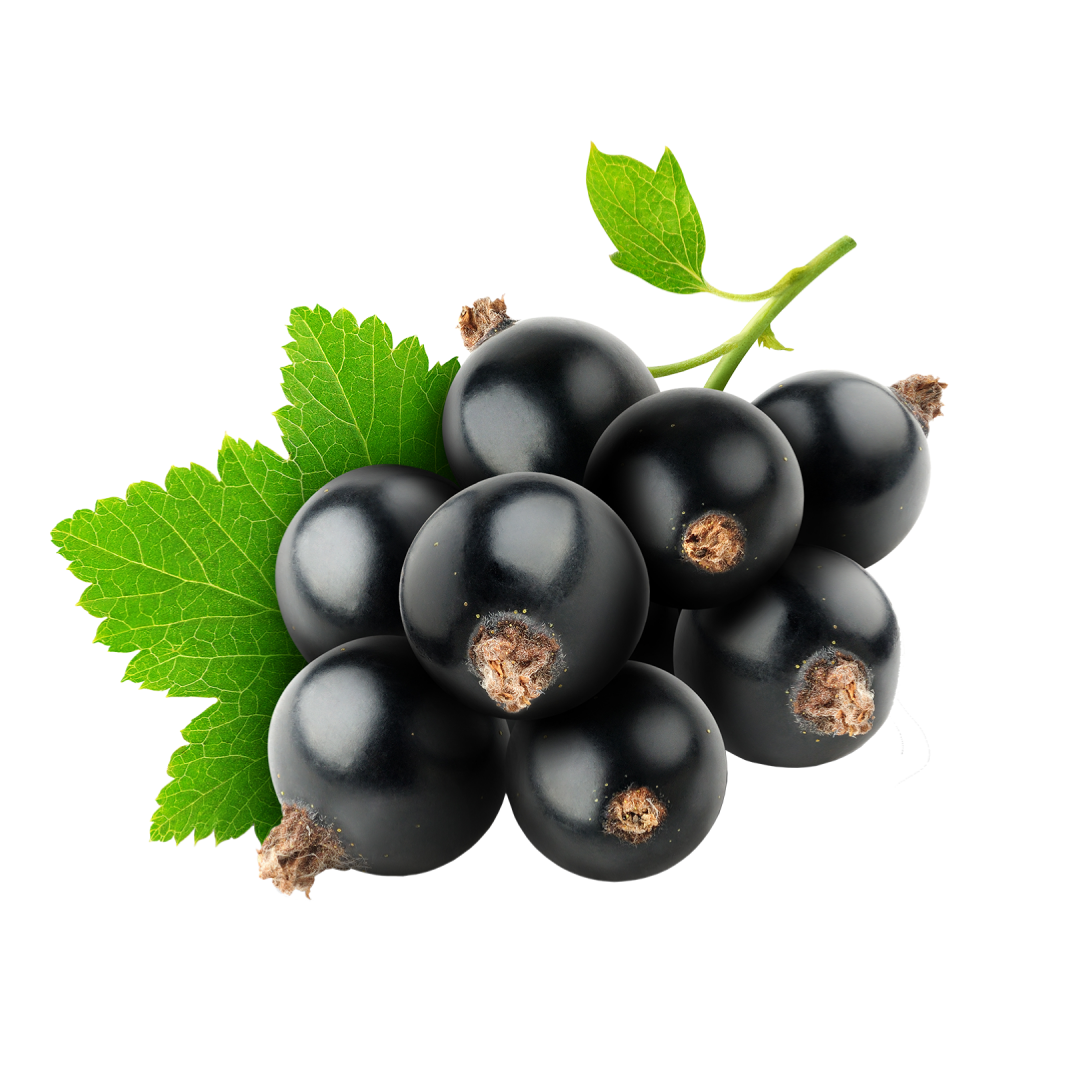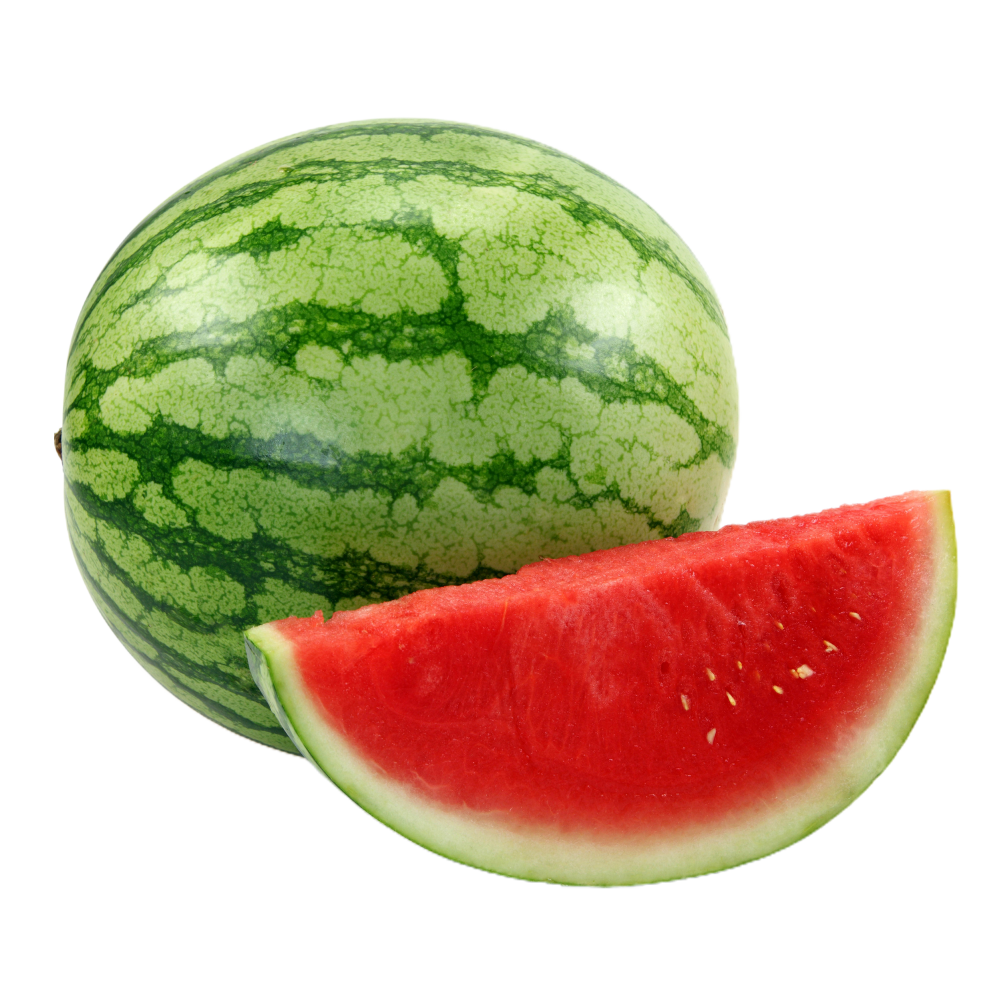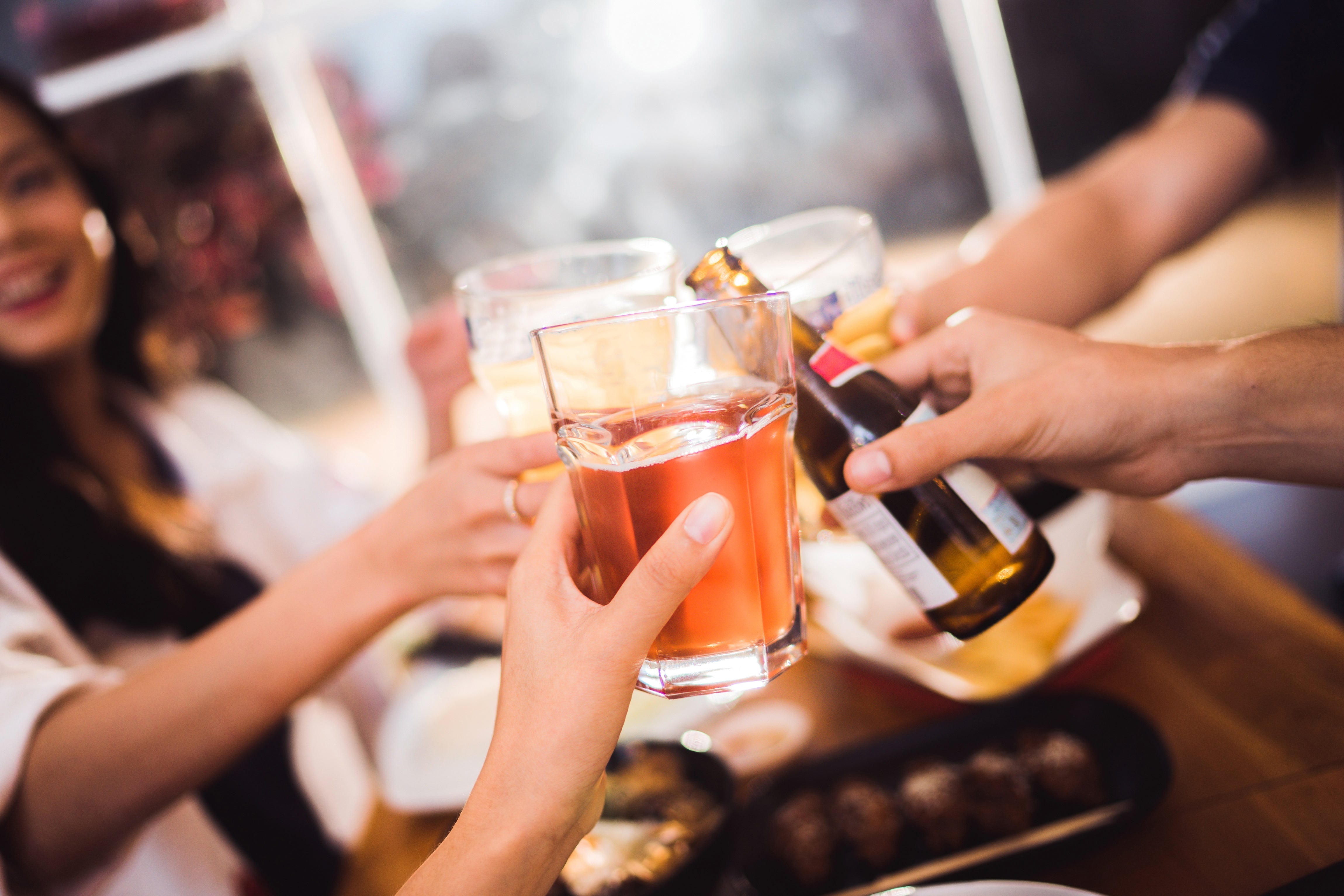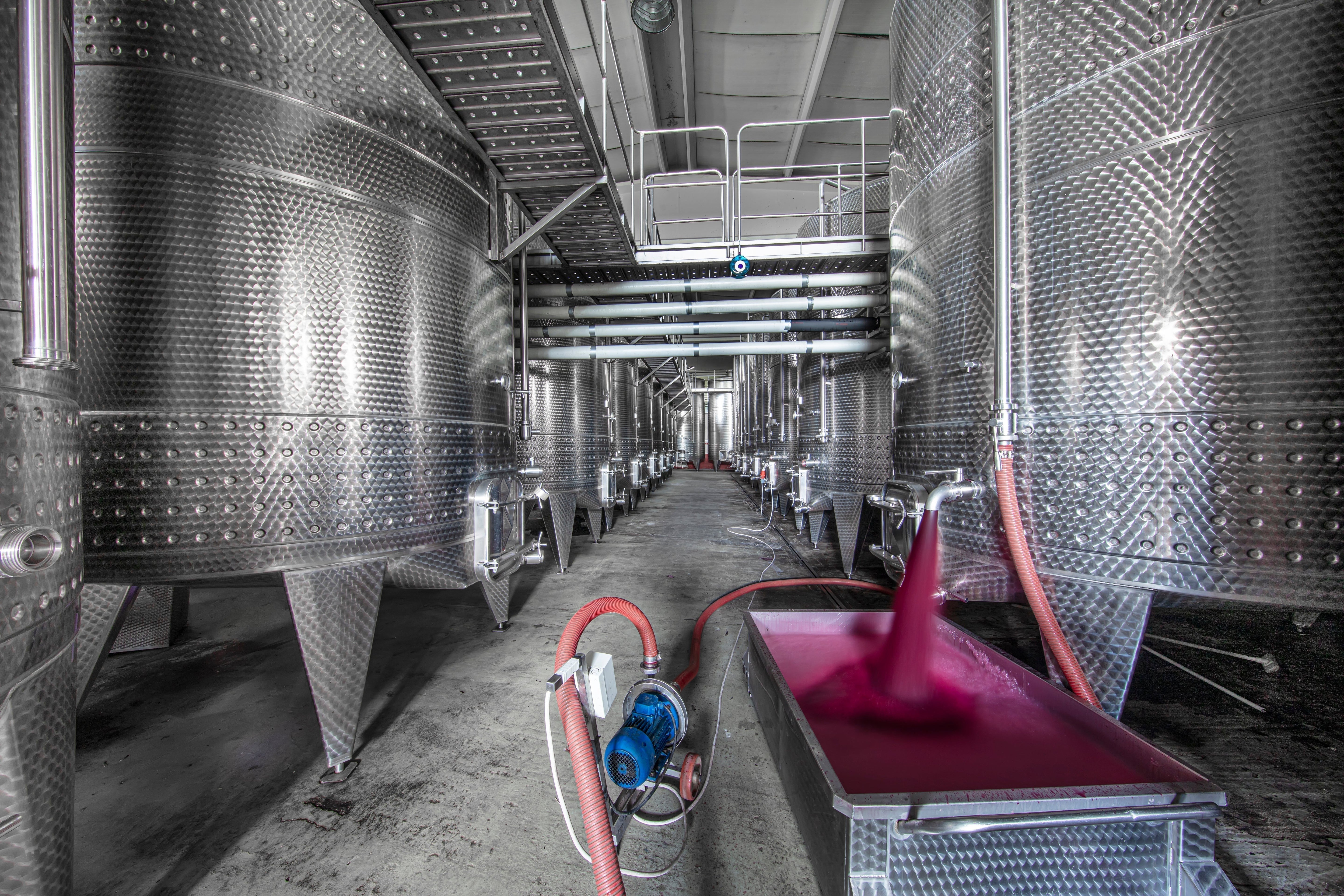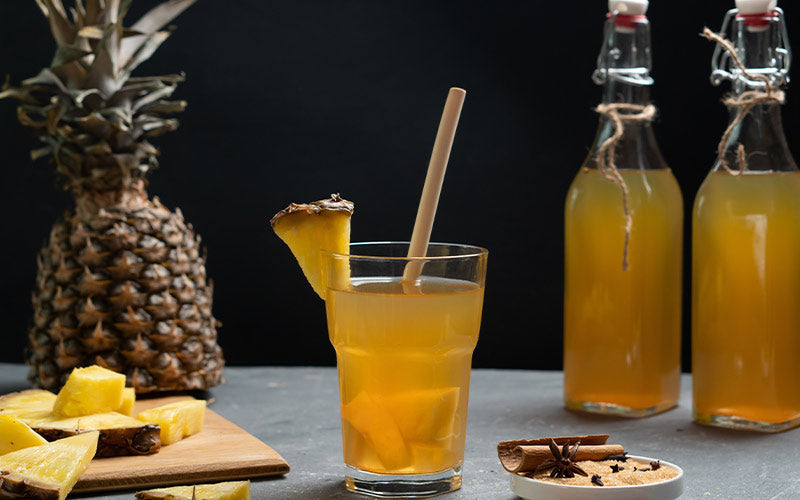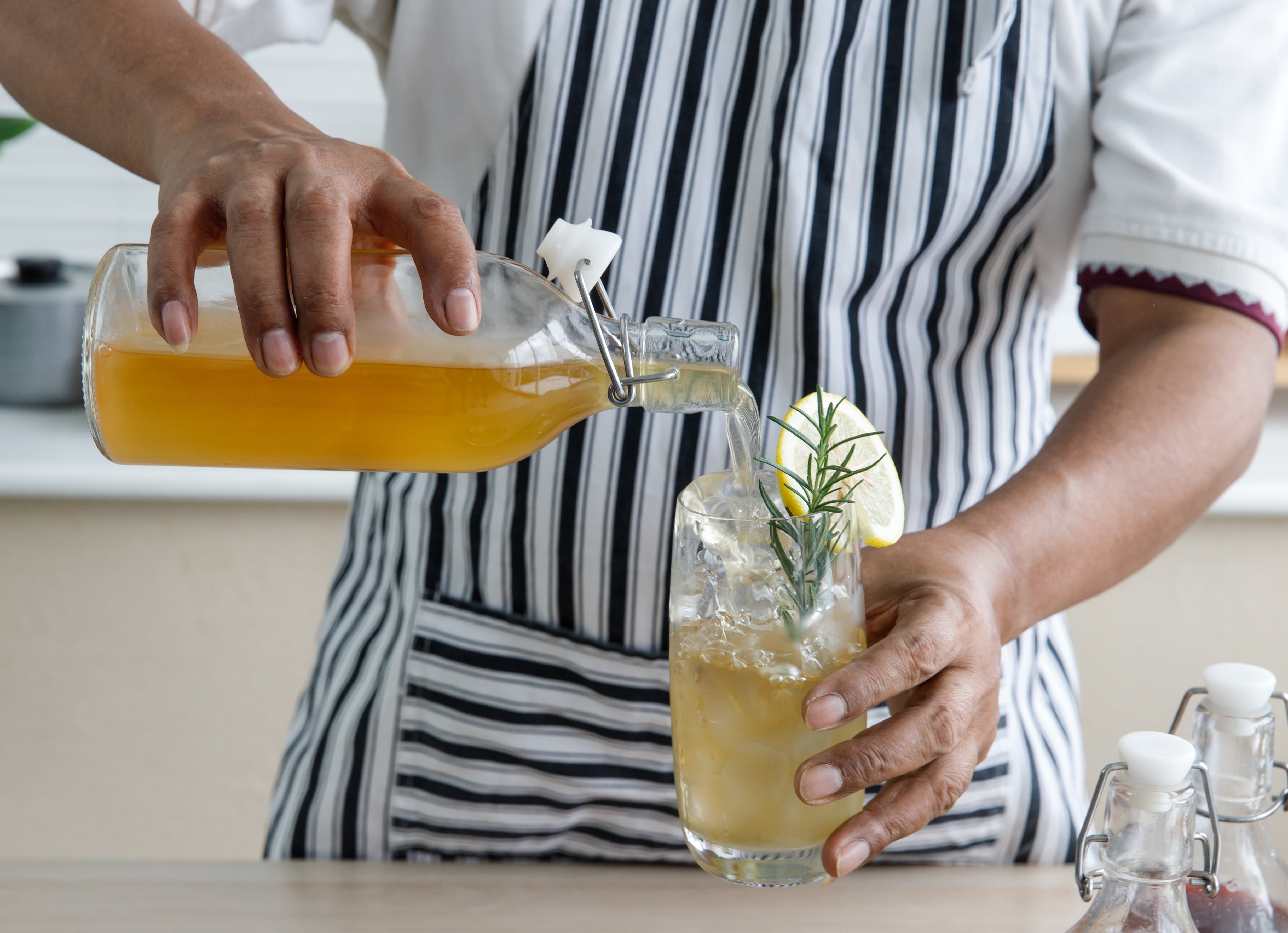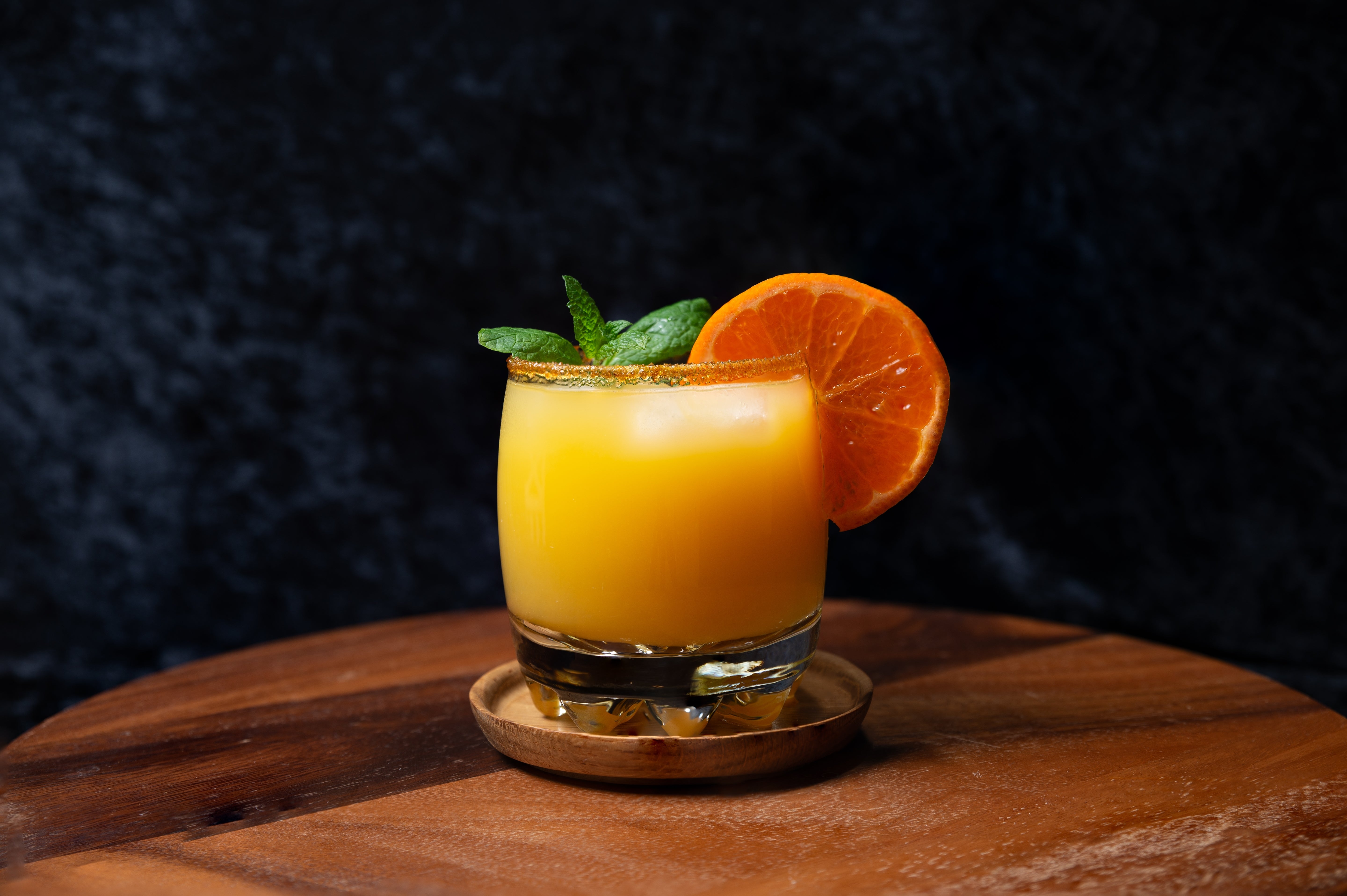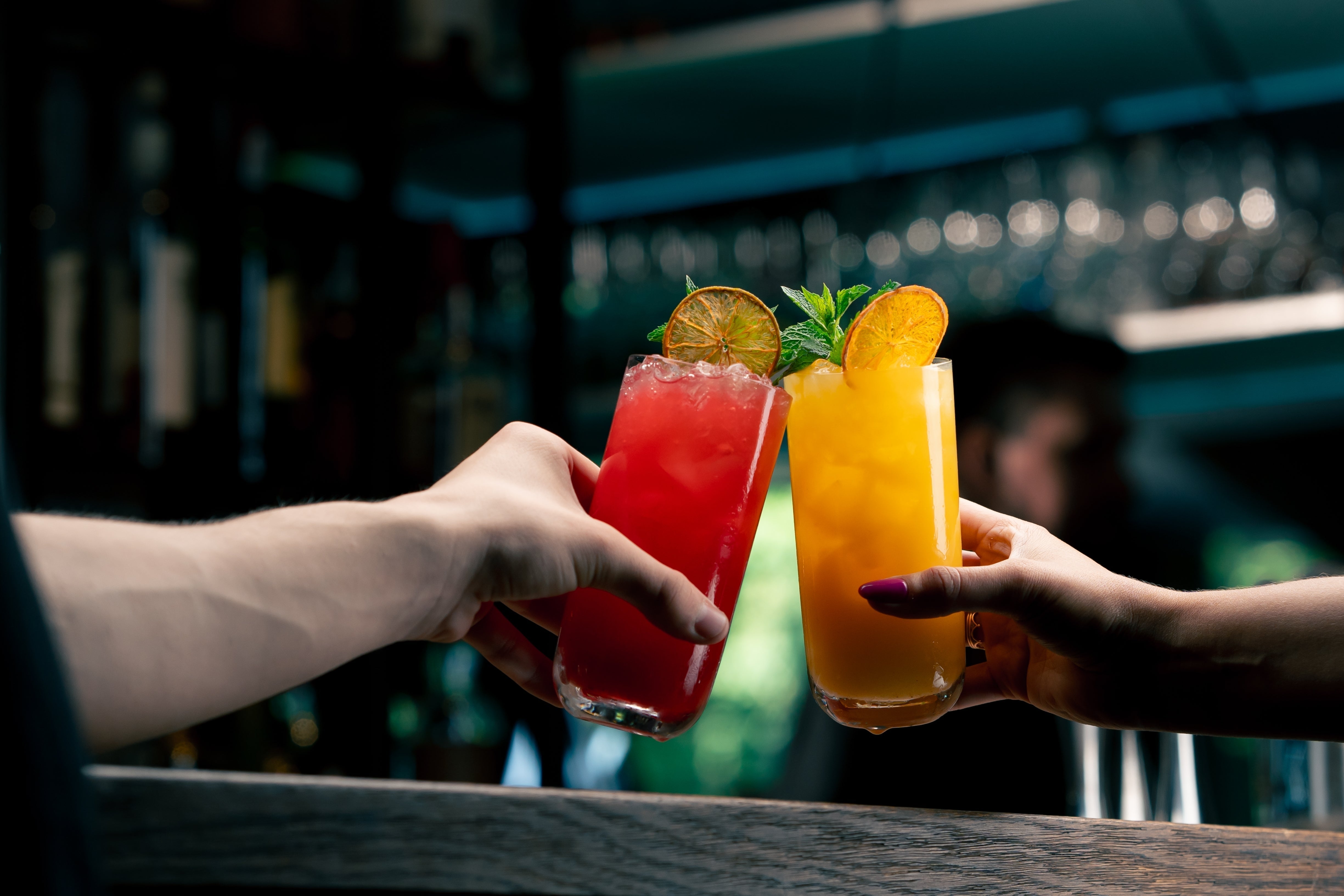Making a fruit-based beer using BierFrucht fruit puree can be a delicious and creative endeavor. Here's a general outline of the process:
Ingredients:
1.Base beer recipe (e.g., pale ale, wheat beer, blonde ale)
2.BierFrucht fruit puree (choose a flavor that complements the base beer)
3.Yeast suitable for the base beer style
4.Additional malt, hops, and other flavorings (if desired)
5.Brewing equipment (fermenter, kettle, airlock, thermometer, etc.)
Steps:
1.Select Your Base Beer Recipe: Choose a base beer recipe that will work well with the chosen fruit flavor. For example, a wheat beer can pair nicely with a variety of fruit flavors, as can a blonde ale or a light pale ale. Ensure that the base beer's flavors won't overpower the fruit.
2.Prepare Your Equipment: Make sure all your brewing equipment is clean and sanitized to prevent any unwanted contamination.
3.Brew the Base Beer: Follow your chosen base beer recipe, including mashing, boiling, and adding hops. You can find various recipes online or in brewing books. Be sure to cool the wort to the appropriate temperature for pitching yeast.
4.Fermentation: Transfer the cooled wort to a fermenter, leaving some space at the top. Pitch the yeast and seal the fermenter with an airlock. Fermentation times can vary depending on the yeast and recipe, but generally, it takes around 1-2 weeks.
5.Prepare the Fruit Puree: BierFrucht fruit puree is typically pasteurized and ready to use. However, you may want to do a taste test to gauge the intensity of the fruit flavor. You can adjust the quantity of fruit puree based on your taste preferences.
6.Secondary Fermentation: After the initial fermentation, you can transfer the beer to a secondary fermenter or a sanitized container. This is where you'll add the BierFrucht fruit puree. Gently mix the puree into the beer to distribute the flavors evenly. Seal the container with an airlock again and let it ferment for an additional week or so.
7.Bottling or Kegging: Once the desired fruit flavor is achieved, it's time to bottle or keg the beer. You may need to add a small amount of priming sugar if you're bottling to ensure carbonation. Leave the bottled beer to carbonate for about 2 weeks.
8.Enjoy: After carbonation is complete, chill your beer and enjoy your fruit-infused creation!
Tips:
- Start with a smaller amount of fruit puree, as it's easier to add more if needed than to tone down an overly intense fruit flavor.
- Keep track of the fruit flavor intensity during the secondary fermentation, as flavors can change over time.
- Be cautious with highly acidic fruits, as they can impact the beer's pH and potentially affect the fermentation process.
- Consider using a hop variety that complements the fruit flavor to enhance the overall balance.
- Experiment and have fun! Brewing is an art, and there's always room for creativity.
Remember that brewing can be complex, so having some familiarity with homebrewing basics is important. If you're new to brewing, it might be a good idea to consult more detailed resources or even a seasoned homebrewer for guidance through the process.
